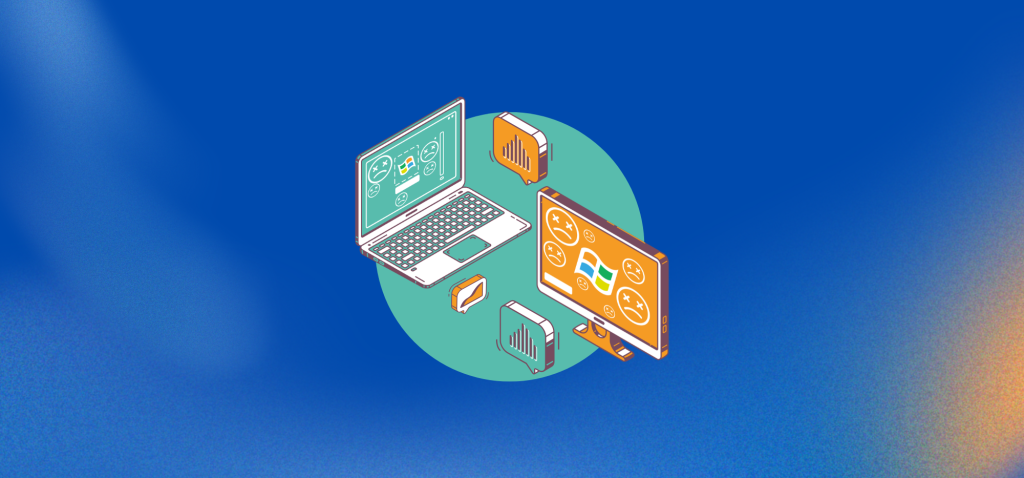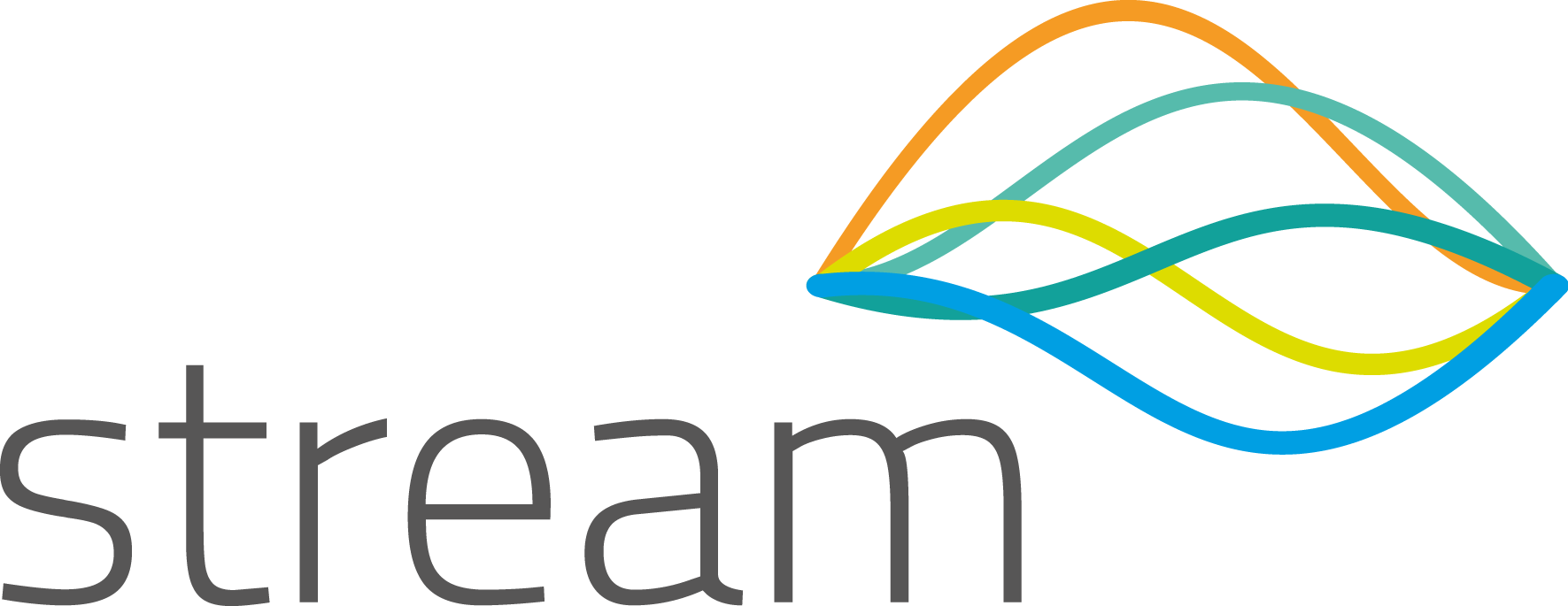
Big changes are coming to your devices. Are you ready?
If you’re one of many businesses or individuals still using Windows 10, it’s time to take note. Microsoft has officially announced that Windows 10 support ends on October 14, 2025. This means no more security updates, technical support, or bug fixes, leaving your Windows 10 PCs open to vulnerabilities, compatibility issues, and cyber threats unless you upgrade.
While this might raise some concerns, it provides the opportunity to upgrade your devices, embrace the latest technology, and future-proof your systems. It involves leaving behind increasingly outdated systems in favour of new features, stronger security features, and better-performing alternatives.
This blog explores what the Windows 10 end of life means for you, what devices will be affected, and how to prepare to avoid future disruption.
What does ‘end of support’ mean?
Microsoft’s ‘end of support’ means that, in the future, it will no longer provide Windows updates, including essential security patches, for Windows 10. As of October 2025, all editions of Windows 10 – Home, Pro, Enterprise, and Education – will reach their end-of-life (EOL) stage.
Without essential security updates, systems running Windows 10 become vulnerable to hackers, malware, data breaches, and performance issues. Businesses that continue to rely on it inadvertently put their operations, data, and customer trust on the line.
What devices are affected?
Any laptop, desktop, or workstation running Windows 10 – regardless of use case or location – will be impacted. This includes:
- Personal laptops and Windows 10 PCs
- Office desktops and workstations
- Shared and public-facing devices like reception terminals and PoS systems
- Client or kiosk systems running embedded Windows 10 versions
If your device doesn’t meet the hardware or system requirements eligible for Windows 11, you’ll likely need to invest in a new device or PC that meets modern security and performance requirements to ensure a smooth transition.
Why businesses can’t afford to delay
According to StatCounter, as of May 2025, 52.67% of devices worldwide still use Windows 10. That’s millions of devices set to become vulnerable if they don’t take action. Delaying the upgrade may lead to the following:
- Increased cyberattacks and exploitation of vulnerabilities
- Loss of function and access to essential apps and services
- Compliance issues if you work in a regulated industry or are trying to uphold security standards like ISO 27001
- Performance instability and incompatibility with modern software
- Loss of support from software and IT providers
- Rising costs from emergency fixes, data loss, and urgent upgrades
The longer you wait, the greater the risk and the more expensive the change.
What does Windows 11 offer that Windows 10 doesn’t?
It’s easy to focus on the looming deadline, but Windows 11 presents bigger opportunities and unlocks many benefits for business and personal use.
The upgrade offers:
- Stronger security measures: Windows 11 uses hardware-based protection, enhanced encryption, and tighter security protocols.
- Smoother performance: Better memory management and task handling result in faster boot times, smoother multitasking, and improved battery life.
- A smarter user experience: A refreshed interface, powerful window-snapping tools, and better integration with Teams and Copilot create a more productive and intuitive environment.
- Seamless cloud integration: Windows 11 is designed for hybrid work, making it easier to access and collaborate across devices.
- Future-proofing: Stay compatible with new apps, drivers, and software designed for modern operating systems.
The time to act is now – don’t get left behind
Microsoft has confirmed that extended support for Windows 10 will be available, but it comes at a cost.
Businesses may be able to purchase Extended Security Updates (ESUs), but this is only a temporary fix and does not provide a long-term solution.
For most, the smarter, safer, and more cost-effective option is to start arranging your upgrade plan before the impending deadline in 2025. You don’t want to leave yourself open to cyber threats.
Windows 10 has served us well, but like with its predecessors, its chapter is closing. Now’s your chance to switch to the newer, better operating system and upgrade your computers to accommodate better hardware compatibility.
How Stream can help
At Stream, we help businesses audit their current infrastructure, plan migrations, and roll out modern, secure systems that support tomorrow’s demands.
Start your transition today. Whether you’re upgrading devices, exploring Windows 11, or moving to a cloud-first model, we’re here to help you migrate.
Contact us today to find out how we can make the transition work best for you.

